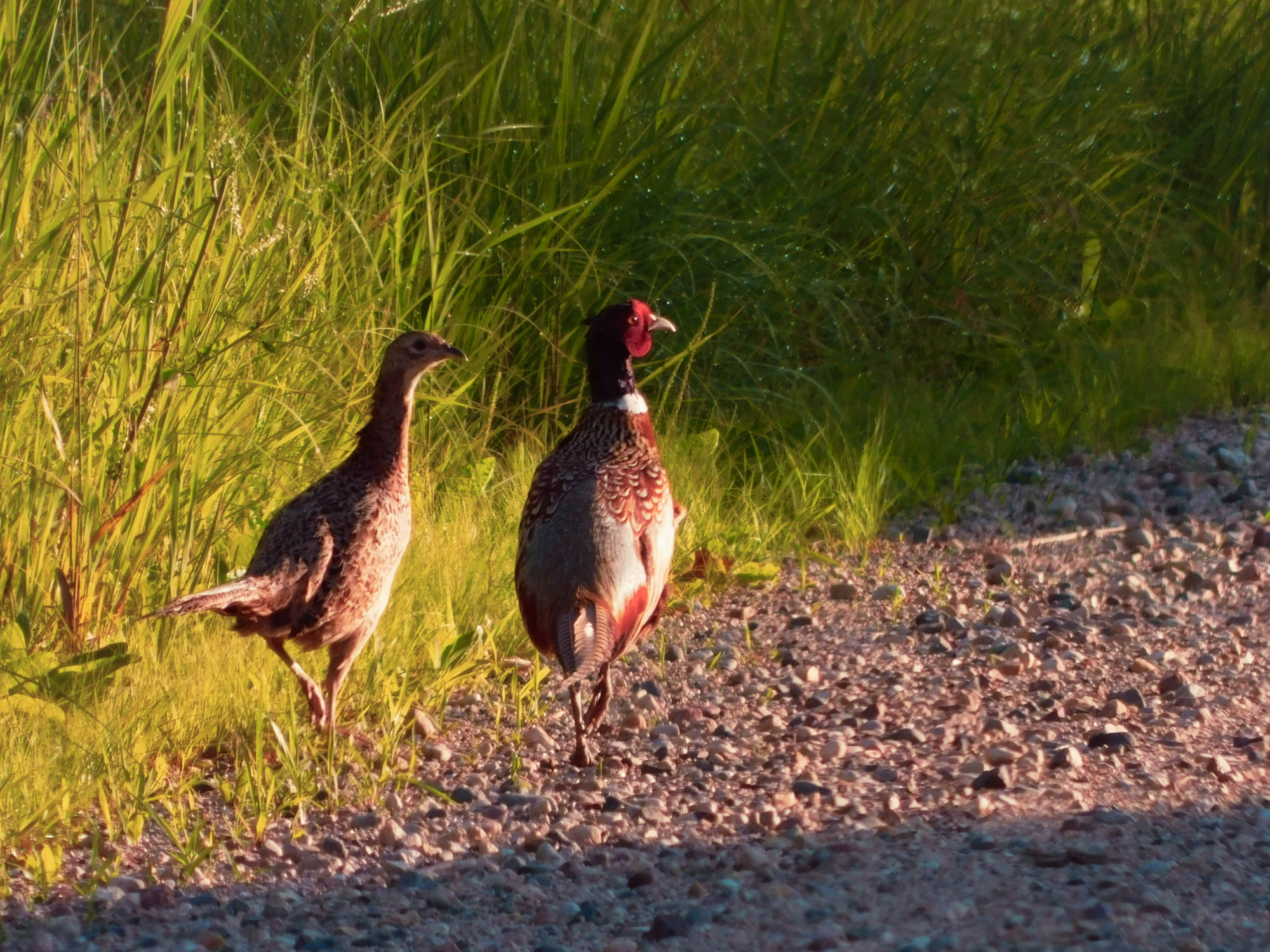Iowa Roadside Management
We serve Iowa's county roadside vegetation programs. We organize meetings, provide counties with native seed to plant in their roadsides, connect the roadside community through a listserv and monthly email newsletter, and interact with the public. The roadside program manager at the Iowa Roadside Management Office provides guidance and support to Iowa counties establishing new roadside programs and strengthens programs statewide through partnerships with the Iowa Department of Transportation's Living Roadway Trust Fund and other agencies such as Trees Forever. The Living Roadway Trust Fund provides funding for integrated roadside vegetation management activities to eligible cities, counties, and applicants with statewide impact. Although our office primarily serves counties, cities can also have a roadside program.
Contact Roadside Program Manager Kristine Nemec at kristine.nemec@uni.edu or 319-273-2813 to learn more about county roadside programs and LRTF Coordinator Tara Van Waus at tara.vanwaus@iowadot.us or 515-460-2953 to learn about city roadside programs or how to develop or update an IRVM plan.
In Iowa, counties and cities with roadside programs typically:
- Create an integrated roadside vegetation management plan, which allows the county or city to apply for Living Roadway Trust Fund grants for equipment and roadside vegetation inventories.
- Manage their roadsides using the principles of integrated roadside vegetation management (see below).
- Hire a roadside manager who provides local leadership for managing roadside vegetation or delegate an existing employee to oversee the program.
- Regularly request prairie seed from the Iowa Roadside Management office.
- Regularly attend annual roadside vegetation meetings.
Integrated Roadside Vegetation Management
Integrated Roadside Vegetation Management (IRVM) is an approach to right-of-way maintenance that combines a variety of management techniques with sound ecological principles. A county that applies integrated roadside vegetation management principles:
- Plants and maintains safe, healthy, and functional roadside vegetation.
- Sprays herbicides strategically to control the most problematic weeds (as opposed to blanket-spraying all of the roadside vegetation to control weeds).
- Mows strategically for safety and weed control, while leaving vegetation farther from the road unmowed.
- Conducts prescribed burns to keep prairie vegetation healthy and prevent trees and shrubs from growing.
- Removes trees and shrubs.
- Prevents and treats erosion and other disturbances to the right-of-way.
- Protects remnants of unplowed prairie in the roadside.
Answers public questions about IRVM.
How can a roadside manager save a county money? Watch this interview with Jones County Engineer Derek Snead:
What does a roadside manager do for a county? Jones County Roadside Manager Wes Gibbs explains:
Four Iowa corn-soybean farmers and residents explain why they plant native prairie plants on their land and appreciate having native plants in the roadsides bordering their properties:

Native Vegetation Benefits
A long-term objective is to establish diverse stands of native plants in the right-of-way. These hardy plant communities adapt to all roadside conditions and provide a variety of benefits: enhancing rainfall infiltration; slowing runoff; trapping sediment; reducing erosion; and creating habitat for pollinators, nesting birds, and other wildlife. See our brochures for more.
Iowa Roadside Management's objectives were first outlined in Iowa Code 314.21 and 314.22. This 1988 legislation created funding for the program office at the University of Northern Iowa through the establishment of the Living Roadway Trust Fund.
Contact Us

Kristine Nemec
Roadside Program Manager
kristine.nemec@uni.edu
(319) 273-2813



